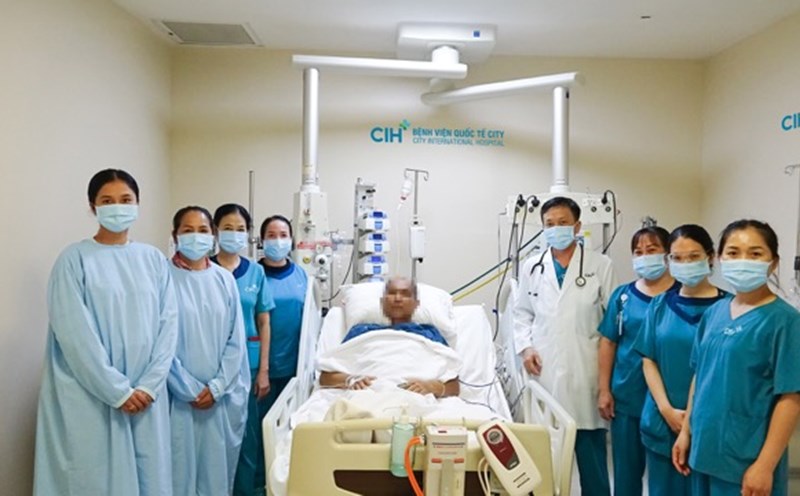The Korean Disease Control and Prevention Agency (KDCA) said on September 16 that the number of cases of sepsis caused by the flesh-eating bacteria Vibrio vulnificus increased dramatically in August, with 14 cases, while from May to July, only 1-2 cases were recorded.
Since the beginning of the year, Korea has had 19 patients, of which 8 have died - the mortality rate is up to 42.1%.
Vibrio vulnificus is often active when sea temperatures increase, especially from August to October. Patients are often infected by eating contaminated raw seafood, or when open wounds come into contact with contaminated seawater.
The incubation period is short, only 12-72 hours. Symptoms include high fever, chills, low blood pressure, vomiting, then skin damage such as rashes, swelling, and blisters in blood in the legs within 24 hours. In severe cases, death can occur quickly.
All deaths are in high-risk groups such as liver patients, cancer or diabetes. In 2024, the number of infections in the same period was 21, but the epidemic lasted until the end of the year when the weather gradually cooled, peaking in September.
KDCA warns that, for prevention, seafood must be stored below 5 degrees Celsius and cooked above 85 degrees Celsius before eating. The processor needs to wear gloves and clean the cutting knife carefully. People with open wounds should absolutely avoid contact with seawater; if they do not come into contact, they must immediately wash them with soap and clean water.
Mr. Lim Seung-gwan, Director of the Korea Disease Control and Prevention Agency, emphasized: To prevent sepsis caused by Vibrio vulnificus, it is important not to eat raw seafood such as clams, crab, shrimp. High-risk groups, especially people with underlying liver disease or diabetes, need to absolutely follow disease prevention instructions.










